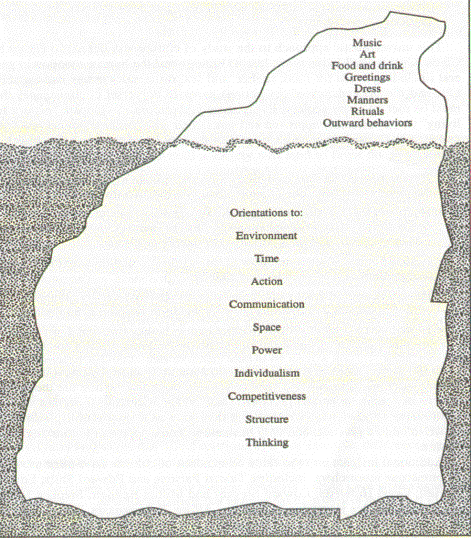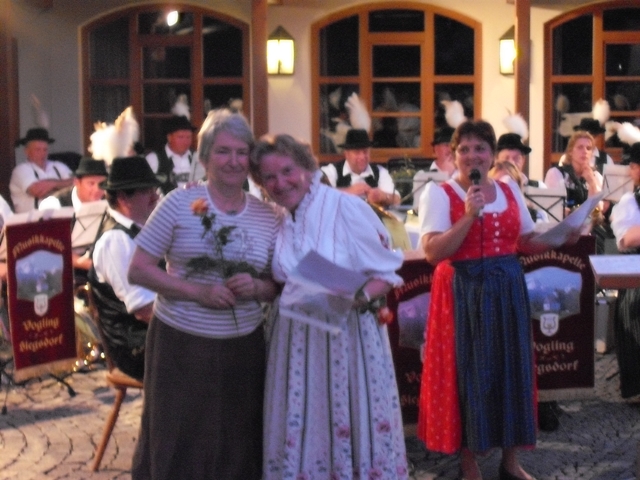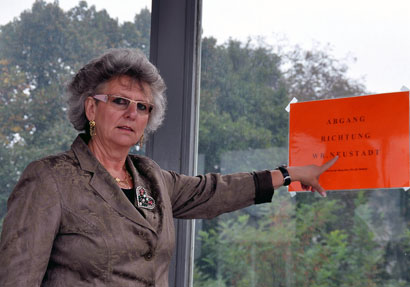|
Low context - high
context communication

Introduction
A popular cultural framework was
proposed by Edward Hall (1976, 2000), in which he stated that all cultures can
be situated in relation to one another through the styles in which they
communicate. In some cultures, such as those of Scandinavians, Germans, and the
Swiss, communication occurs predominantly through explicit statements in text
and speech, and they are thus categorized as Low-Context cultures. In other
cultures, such as the Japanese and Chinese, messages include other communicative
cues such as body language and the use of silence. Essentially, High-Context
communication involves implying a message through that which is not uttered.
This includes the situation, behavior, and para-verbal cues as integral parts of
the communicated message.
High context cultures are more common in the eastern
cultures than in western, and in countries with low racial diversity. Cultures
where the group is valued over the individual promote the in-groups and group
reliance that favor high context cultures. Co-cultures are also conducive to
high context situations, where the small group relies on their common background
to explain the situation, rather than words. A low context culture explains
things further, because those in a low context culture have a wide variety of
background.
High-Context and
Low-Context Cultures
High Context Cultures
Japan
China
Arab Countries
Greece
Spain
Italy
England
France
North America
Scandinavian Countries
German-speaking Countries
Low
Context Cultures
Source: Hall, E. and
M. Hall (1990)
Understanding Cultural
Differences |
High and Low Context within western
societies
The general terms "high context" and "low context" are used
to describe broad-brush cultural differences between societies.
High context refers to societies or groups where people
have close connections over a long period of time. Many aspects of cultural
behavior are not made explicit because most members know what to do and what to
think from years of interaction with each other. Your family is probably an
example of a high context environment.
Low context refers to societies where people tend to have
many connections but of shorter duration or for some specific reason. In these
societies, cultural behavior and beliefs may need to be spelled out explicitly
so that those coming into the cultural environment know how to behave.
High Context
- Less verbally explicit communication, less written/formal
information
- More internalized understandings of what is communicated
- Multiple cross-cutting ties and intersections with others
- Long term relationships
- Strong boundaries- who is accepted as belonging vs who is
considered an "outsider"
- Knowledge is situational, relational.
- Decisions and activities focus around personal
face-to-face relationships, often around a central person who has authority.
Examples: Small religious congregations, a party with friends, family
gatherings, expensive gourmet restaurants and neighborhood restaurants with a
regular clientele, undergraduate on-campus friendships, regular pick-up games,
hosting a friend in your home overnight.
Low Context
- Rule oriented, people play by external rules
- More knowledge is codified, public, external, and
accessible.
- Sequencing, separation--of time, of space, of activities,
of relationships
- More interpersonal connections of shorter duration
- Knowledge is more often transferable
- Task-centered. Decisions and activities focus around what
needs to be done, division of responsibilities.
Examples: large airports, a chain
supermarket, a cafeteria, a convenience store, sports where rules are clearly
laid out, a motel.
Ways that High and Low
Context Differ
- The Structure of Relationships
-
High: Dense, intersecting networks and longterm relationships, strong
boundaries, relationship more important than task
-
Low:
Loose, wide networks, shorter term, compartmentalized relationships, task more
important than relationship
- Main Type of Cultural Knowledge
-
High: More knowledge is below the waterline--implicit, patterns that are
not fully conscious, hard to explain even if you are a member of that culture
-
Low: More knowledge is above the waterline--explicit, consciously
organized
|
Please form four groups and
look at the pictures below
of "Eva im Urlaub"
1-7.
Try
to use your High Context skills to find something out
about these persons:
Character
traits, situation, hobbies, social status etc.
After the break please present
your findings.
|







|







